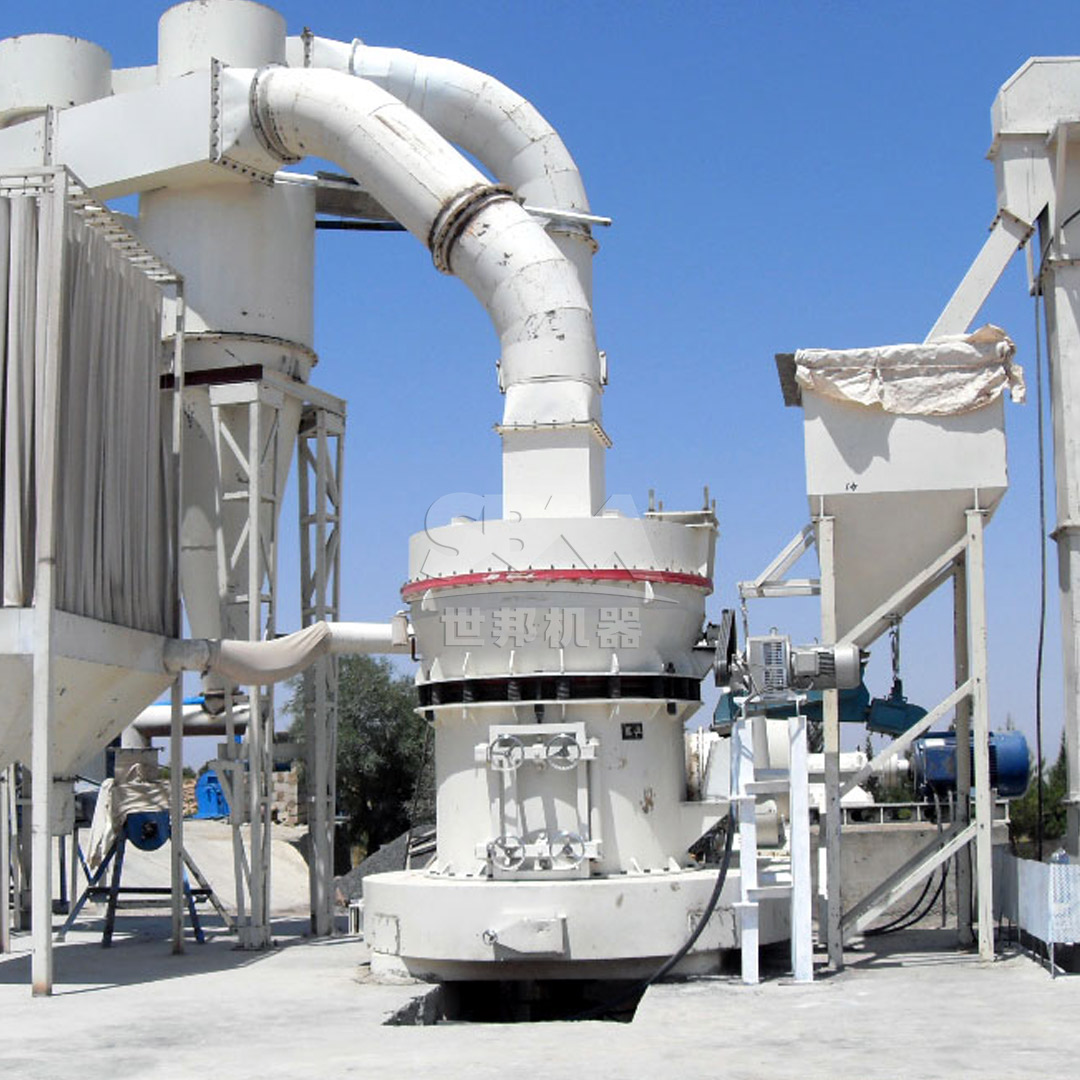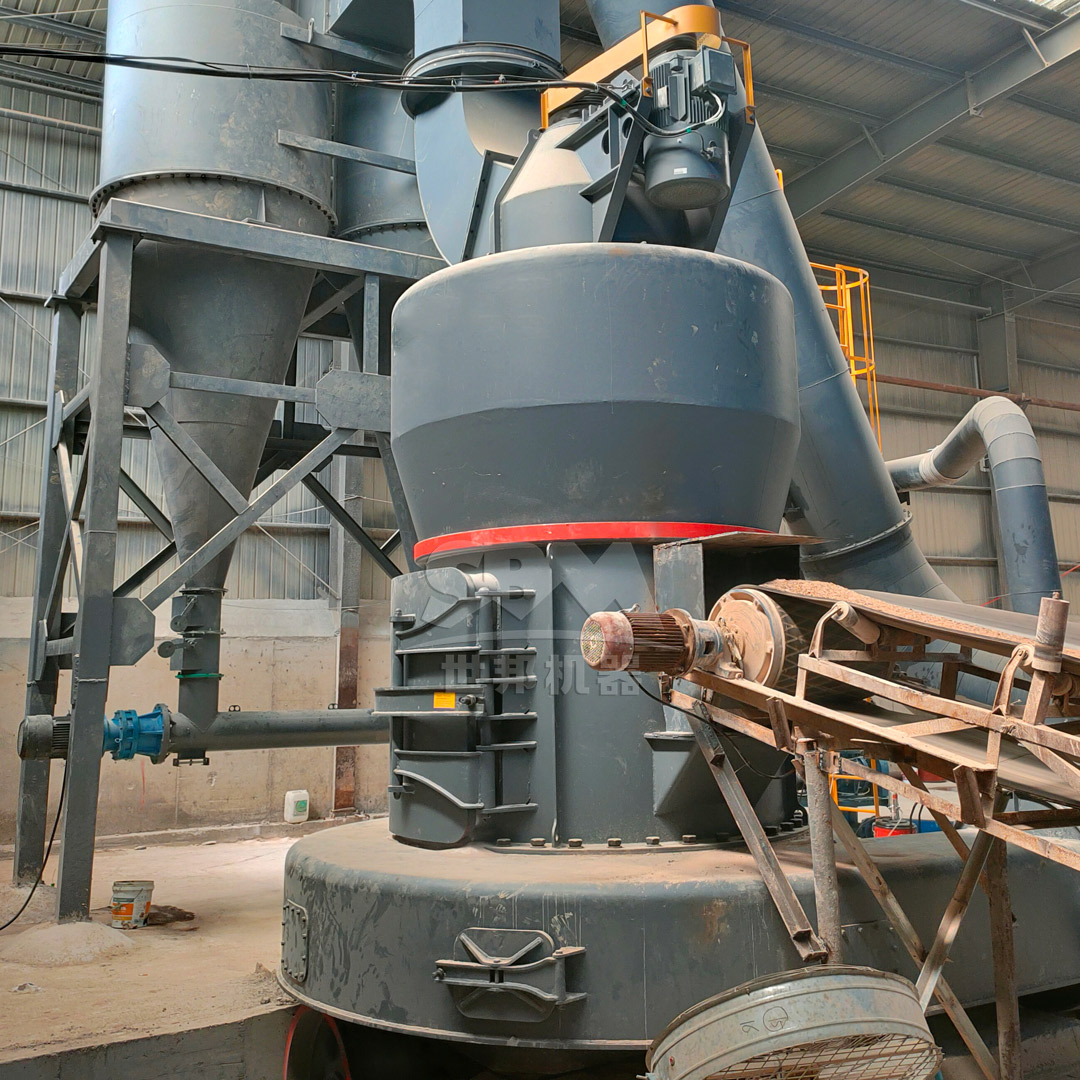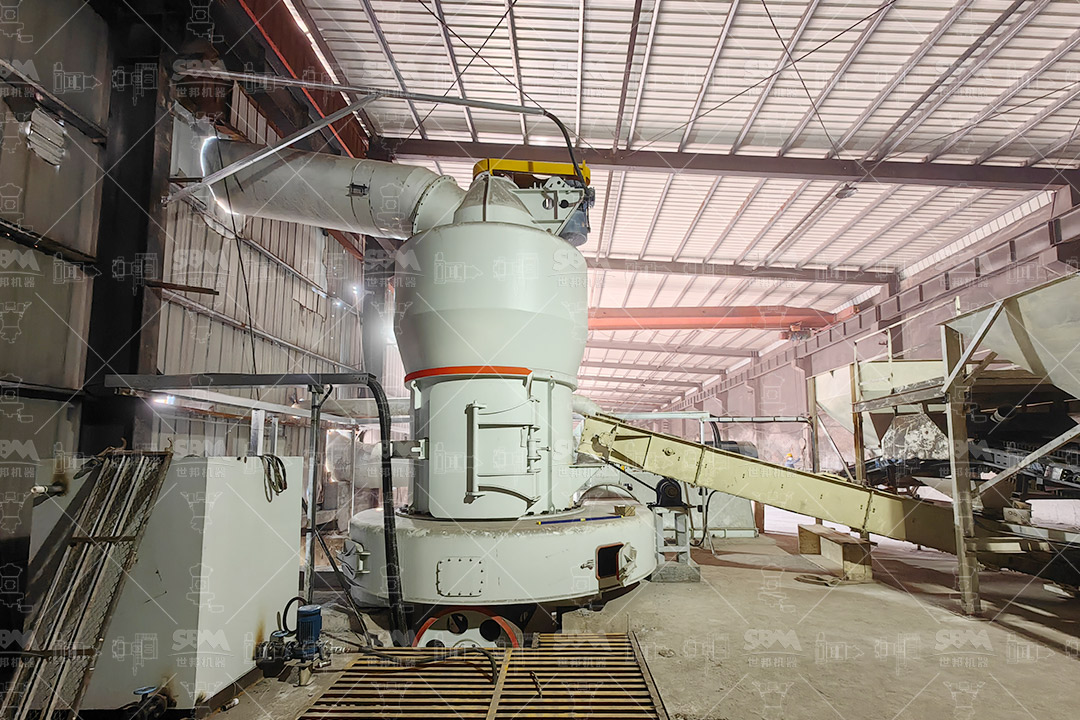The pursuit of high-quality decorative stone finishes begins with selecting the appropriate grinding machinery. Marble, with its unique crystalline structure and aesthetic appeal, demands precision processing to achieve the desired surface quality, whether for architectural elements, interior design, or artistic applications. This comprehensive guide explores the critical factors in choosing marble grinding equipment that delivers exceptional results while optimizing operational efficiency.
Modern marble processing requires machinery capable of handling various finish specifications—from coarse grinding for structural elements to ultra-fine polishing for decorative surfaces. The right equipment selection impacts not only product quality but also production costs, energy consumption, and environmental compliance.

Marble is a metamorphic rock composed primarily of calcite or dolomite crystals. Its relative softness (3-4 on Mohs scale) compared to other stones makes it suitable for detailed finishing but also requires careful handling to prevent surface damage. Key material properties affecting grinding include:
Different applications demand specific surface finishes:
| Finish Type | Surface Roughness (Ra) | Typical Applications | Required Grit Size |
|---|---|---|---|
| Coarse Grinding | 25-100 μm | Structural elements, pavers | 24-60 grit |
| Fine Grinding | 6-25 μm | Countertops, flooring | 100-400 grit |
| Polishing | 0.5-3 μm | Decorative surfaces, sculptures | 800-3000 grit |
| Mirror Finish | <0.5 μm | High-end architectural elements | Diamond compounds |
Determine your hourly or daily production needs based on:
For medium to large-scale operations (5-25 tons per hour), we recommend our SCM Series Ultrafine Mill, which offers exceptional processing capabilities for marble powder production. With output fineness ranging from 325 to 2500 mesh (D97≤5μm), this machine ensures consistent quality for high-end decorative applications.
Precise control over particle size distribution is crucial for achieving uniform surface finishes. Key considerations include:
The SCM Ultrafine Mill features advanced vertical turbine classification technology that ensures precise particle size control with no coarse powder contamination, making it ideal for premium marble processing.

Modern grinding equipment should balance performance with energy consumption. Our SCM series demonstrates remarkable efficiency with 30% lower energy consumption compared to conventional airflow mills while delivering twice the production capacity. The intelligent control system automatically adjusts operations based on real-time feedback about product particle size, optimizing energy usage throughout the production cycle.
Marble grinding generates significant abrasive wear on machine components. Key durability features to consider:
Our grinding equipment incorporates specially formulated alloy roller and ring sets that extend service life by several times compared to standard components. The bearing-free screw grinding chamber design ensures stable operation with minimal maintenance requirements.
For applications requiring the finest finishes (2500 mesh and above), ultrafine grinding technology offers unparalleled precision. The working principle involves multiple grinding stages with integrated classification:
Our SCM Ultrafine Mill exemplifies this technology with its three-layer grinding ring design that progressively refines material through centrifugal dispersion and roller compression, ultimately achieving D97≤5μm fineness.
For applications requiring 30-325 mesh fineness, the MTW Series Trapezium Mill provides an excellent balance of capacity and precision. Its innovative features include:
With capacity ranging from 3-45 tons per hour depending on model selection, the MTW series accommodates various production scales while maintaining consistent output quality.
| Technology Type | Fineness Range | Capacity (t/h) | Energy Efficiency | Best Applications |
|---|---|---|---|---|
| Ultrafine (SCM Series) | 325-2500 mesh | 0.5-25 | High | Premium decorative finishes |
| Trapezium (MTW Series) | 30-325 mesh | 3-45 | Medium-High | General architectural elements |
| Vertical Roller (LM Series) | 30-600 mesh | 3-250 | High | Large-scale production |
| Ball Mill | 0.074-0.8mm | 0.65-450 | Medium | Structural components |
Marble grinding generates significant dust that must be properly managed. Modern equipment should incorporate:
Our grinding systems feature advanced pulse dust collectors with efficiency rates surpassing industry requirements, ensuring workplace safety and environmental compliance.
Operating noise levels significantly impact worker comfort and regulatory compliance. The SCM series incorporates soundproof chamber designs that maintain noise levels below 75dB, creating a more comfortable working environment while meeting strict noise regulations.

Production facility layout constraints often dictate equipment selection. Compact designs with integrated systems reduce footprint requirements. The LM Series Vertical Roller Mill exemplifies space efficiency with its integrated crushing/grinding/classification system reducing占地面积 by 50% compared to traditional setups.
Before full-scale implementation, conduct comprehensive testing with your specific marble varieties. Key steps include:
Proper training ensures optimal equipment performance. Comprehensive documentation should cover:
Selecting the right marble grinding machine requires careful consideration of technical specifications, production requirements, and operational constraints. The SCM Series Ultrafine Mill stands out for applications demanding the highest quality decorative finishes, offering unparalleled precision in the 325-2500 mesh range. For larger-scale operations requiring 30-325 mesh fineness, the MTW Series Trapezium Mill provides an optimal balance of capacity and efficiency.
By understanding your specific requirements and matching them with appropriate technology, you can achieve exceptional marble finishes that meet market demands while optimizing operational costs. Investing in the right grinding equipment ultimately determines your competitive position in the decorative stone industry.